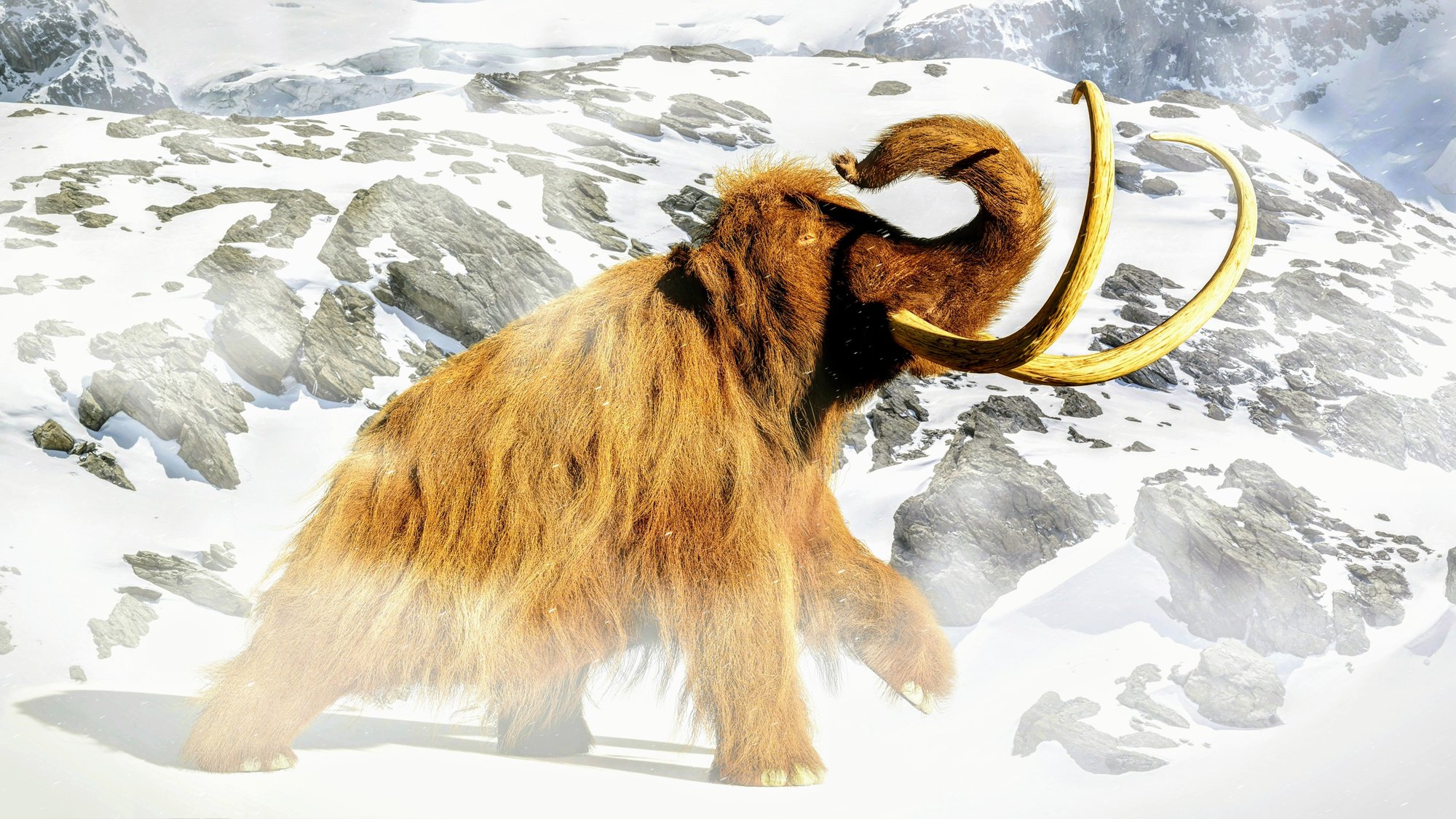About 10,000 years ago, a small population of woolly mammoths became isolated on Wrangel Island off the Siberian coast. This isolation was the result of rising sea levels, a phenomenon we are all too familiar with today.
Within just two generations, the woolly mammoth population on Wrangel Island grew from just eight individuals to a whopping 300 individuals.
Conflicting Assumptions About Woolly Mammoths
A fascinating study conducted a genomic analysis of these mammoths, dispelling the long-held idea that inbreeding and low genetic diversity could be responsible for their eventual demise.
Love Dalén, an evolutionary geneticist at the Centre for Paleogenetics, a joint initiative of the Swedish Museum of Natural History and Stockholm University, sheds light on this topic.
“We can now confidently reject the idea that the population was simply too small and that they were genetically doomed to extinction,” Dalén says. “This means that it was probably just a random event that killed them, and if that random event hadn’t happened, we would still have mammoths today.”
Woolly Mammoths and Modern Conservation
The research not only provides insights into the extinction of woolly mammoths. It also contains valuable lessons for modern conservation strategies and the fight against the ongoing biodiversity crisis.
“Mammoths provide an excellent system for understanding the ongoing biodiversity crisis and what happens from a genetic perspective when a species experiences a population bottleneck, because they reflect the fate of many current populations,” said study lead author Marianne Dehasque, also a scientist at the Center for Paleogenetics.
Dehasque and her team conducted extensive genomic analyzes of 21 woolly mammoths, including 14 from Wrangel Island and 7 from the mainland that lived before the population bottleneck. Their analysis covered about 50,000 years of mammoth history and traced genetic diversity through time.
Tracing the genetic journey
The results of the analyzes were intriguing. Wrangel Island’s mammoths showed signs of inbreeding and reduced genetic diversity.
However, this decline in diversity was a slow process, visible over the 6,000 years they inhabited the island. This suggests that the population remained stable until their sudden disappearance.
“If an individual has an extremely harmful mutation, it is basically not viable, so those mutations gradually disappeared from the population over time, but on the other hand we see that the mammoths accumulated slightly harmful mutations until they almost became extinct,” Dehasque explains.
“It is important that current conservation programs keep in mind that it is not enough to simply get the population back to a reasonable size; you also need to actively and genetically monitor it, because these genomic effects can persist for over 6,000 years.”
This provides an important lesson for current conservation efforts, indicating that it is not just about increasing population size, but also about actively monitoring genomic health.
Mystery of the mammoths
The team did not include genomes from the last 300 years of the mammoths’ existence in their study. However, they plan to sequence fossils from this period to further understand the extinction event.
“What happened in the end is still a bit of a mystery — we don’t know why they went extinct after doing more or less well for 6,000 years, but we think it was something sudden,” Dalén said. “I would say there is still hope to find out why they went extinct, but no promises.”
The research has been published in the journal Cell.
—–
Like what you read? Subscribe to our newsletter for engaging articles, exclusive content and the latest updates.
Check us out on EarthSnap, a free app from Eric Ralls and Earth.com.
—–
